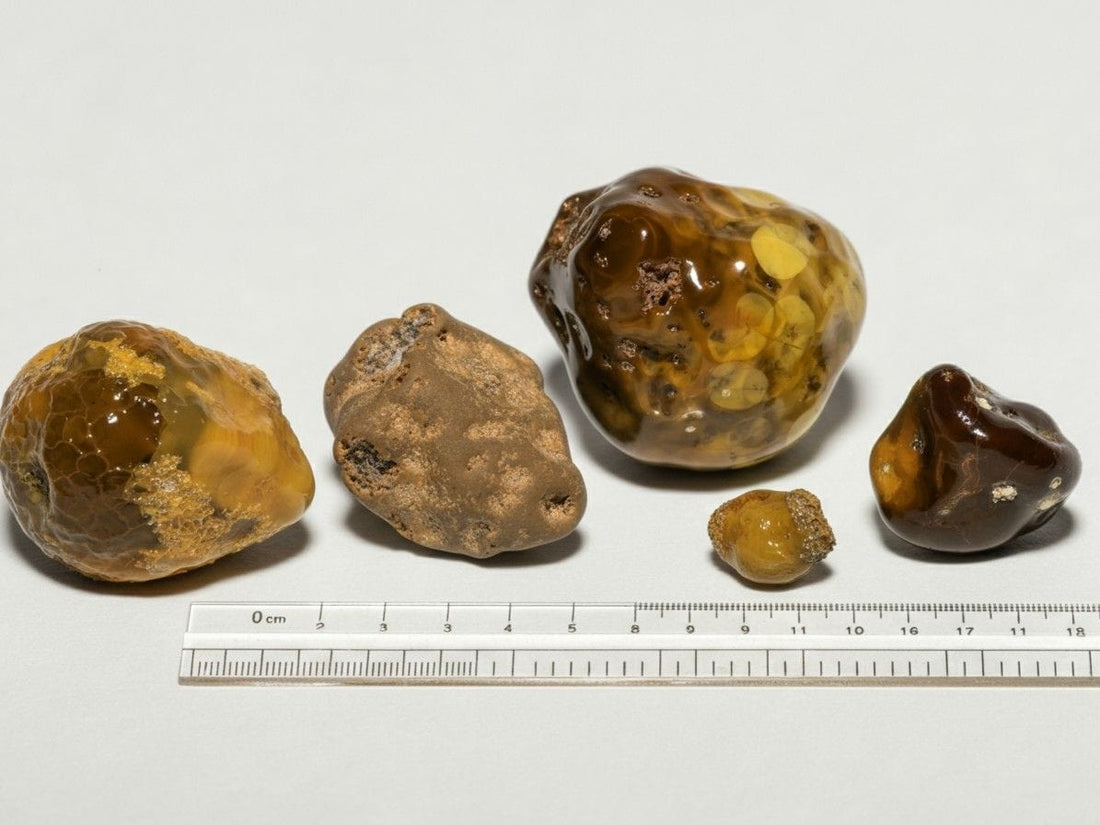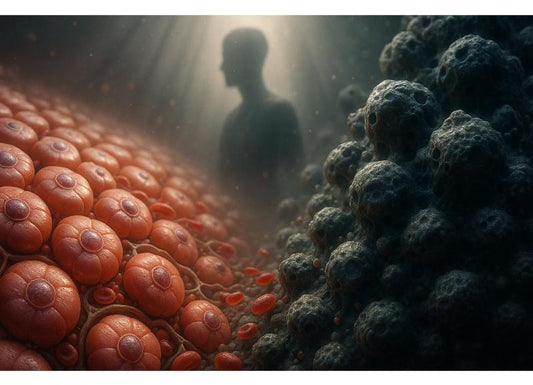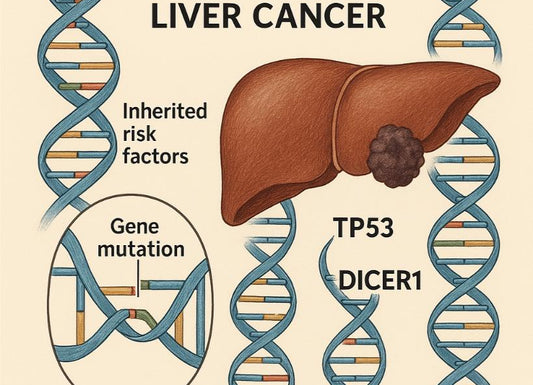Is a 7 mm Kidney Stone Dangerous?
 Written By
Blen Shumiye, MD
Written By
Blen Shumiye, MD

If you’ve been told you have a 7 mm kidney stone, you may be wondering: Is this dangerous? Will it pass on its own? The truth is that while some small stones leave the body naturally, a stone of this size usually does not. A 7 mm stone can cause severe pain, block urine flow, and even lead to complications if not managed properly.
In this guide, you’ll learn what makes a 7 mm kidney stone a concern, why stones form in the first place, what symptoms to watch for, and the safest treatment options available. We’ll also share practical lifestyle steps to help you prevent future stones and protect your kidney health.
What is a kidney stone?
Kidney stones are hard deposits of minerals and salts that form inside your kidneys. They happen when substances like calcium, oxalate, and uric acid become concentrated in the urine and crystallize. Over time, these crystals can stick together, creating stones of different sizes.
Stones are measured in millimeters (mm). To give you context:
-
Under 4 mm: often pass naturally with fluids.
-
4–6 mm: may pass, but it can be painful and unpredictable.
-
7 mm or larger: usually require medical treatment.
That’s why a 7 mm stone is considered important; it's above the threshold where spontaneous passage is likely.
Is a 7 mm kidney stone dangerous?
A 7 mm kidney stone can be dangerous if left untreated because:
-
It’s unlikely to pass naturally (less than a 20% chance).
-
It can block your ureter (the tube that drains urine from your kidney to your bladder).
-
This blockage can cause intense pain and swelling in the kidney.
-
If urine flow is blocked for too long, it can lead to infection or kidney damage.
While not everyone will face these complications, the risks are real enough that you should always seek medical evaluation for a stone of this size.
What causes kidney stones?
Kidney stones form for different reasons, and often more than one factor is involved. Common causes include:
-
Not drinking enough fluids – Dehydration makes your urine more concentrated, which makes crystals more likely to form.
-
Diet high in sodium or animal protein – Too much salt or meat can change your urine chemistry and increase your risk.
-
Oxalate-rich foods – Foods like spinach, nuts, and chocolate can contribute to certain stones.
-
Family history – If someone in your family has had stones, you may be more likely to get them.
-
Medical conditions – Conditions such as gout, hyperparathyroidism, or inflammatory bowel disease can raise your risk.
-
Supplements and medications – High doses of vitamin C, calcium-based antacids, and some diuretics can increase stone formation.
What symptoms can a 7 mm kidney stone cause

You might not feel anything while a stone stays in your kidney. But once it moves into the ureter, symptoms can become severe. Common signs include:
-
Sharp, cramping pain in your side or back, often spreading to the lower abdomen or groin.
-
Nausea and vomiting from the intensity of pain.
-
Blood in your urine, which may look pink, red, or brown.
-
Frequent or urgent need to urinate.
-
A burning sensation when you urinate.
-
Fever or chills, which may signal infection and require emergency care.
Check out our guide on UTI Tests: The Essential Guide to Understanding and Managing Your Health
What are the risks of a 7 mm kidney stone?
A 7 mm stone is not just uncomfortable—it can put your health at risk. The main dangers are:
-
Obstruction of urine flow – The ureter is only about 3–4 mm wide. A 7 mm stone is larger than that and can block urine completely.
-
Kidney damage – Prolonged blockage increases pressure inside the kidney, which can injure kidney tissue.
-
Infection – When urine can’t drain, bacteria can multiply, leading to kidney infection or even life-threatening sepsis.
-
Recurring stones – If you’ve had one stone, you have up to a 50% chance of developing another within 5 years.
How is a 7 mm kidney stone diagnosed?
If you go to the doctor with symptoms, they’ll likely recommend:
-
Imaging tests: A CT scan without contrast is the most accurate test. Ultrasound is another option, especially for pregnant people or those needing less radiation.
-
Urine and blood tests: These check for infection, kidney function, and abnormal mineral levels.
What treatments are available for a 7 mm kidney stone?
For most people, a stone this size requires medical intervention. Treatment options include:
1. Conservative management (rare cases)
If the stone is near the bladder, your doctor may try:
-
Drinking 2–3 liters of water daily.
-
Alpha-blocker medications (like tamsulosin) to relax the ureter.
-
Pain relievers to manage symptoms.
But for most people, this won’t be enough.
2. Shock wave therapy (ESWL)
-
Uses sound waves to break the stone into smaller pieces.
-
Works best for stones less than 2 cm in the kidney or upper ureter.
-
Success rates are good for a 7 mm stone, but fragments may still take time to pass.
3. Ureteroscopy with laser lithotripsy
-
A thin scope goes through the bladder and up the ureter.
-
A laser breaks the stone into tiny pieces that can be removed or passed naturally.
-
Commonly used for stones in the lower ureter.
4. Percutaneous nephrolithotomy (PCNL)
-
A minimally invasive surgery through a small incision in the back.
-
Usually reserved for much larger stones, but may be considered in special cases.
5. Temporary stent placement
-
A small tube is placed in the ureter to relieve blockage and help urine flow.
-
Often used while waiting for definitive treatment.
Learn more about stent placement for kidney stones, recovery, and what it feels like.
How can you prevent future kidney stones?

Prevention is key since stones often come back. You can lower your risk by:
-
Staying well-hydrated: Aim for at least 2–3 liters of water per day. Adding lemon can help, as citrate reduces stone formation.
-
Lowering salt intake: Less sodium means less calcium spilling into your urine.
-
Balancing oxalate and calcium: Eating calcium-rich foods with oxalate-rich foods helps bind oxalate in the gut.
-
Limiting animal protein: Reducing red meat and shellfish lowers uric acid risk.
-
Maintaining a healthy weight: Obesity increases stone risk.
-
Taking prescribed medications: Depending on your stone type, your doctor may recommend medicines like thiazide diuretics, potassium citrate, or allopurinol.
When should you seek emergency care?

Go to the ER or call a doctor right away if you have:
-
Severe pain that isn’t improving.
-
Fever and chills with urinary symptoms.
-
Inability to urinate.
-
Persistent nausea and vomiting.
These signs could mean infection or blockage that needs urgent treatment.
Key takeaways
-
A 7 mm kidney stone is usually too large to pass on its own.
-
It can cause pain, obstruction, infection, or kidney damage.
-
Treatments like shock wave therapy or ureteroscopy with laser lithotripsy are often required.
-
Preventing future stones through hydration, diet changes, and sometimes medication is just as important as treating the current stone.
Next step: Take charge of your kidney health
If you’ve had a kidney stone, you may want to know more about your risk factors and how to monitor your health at home. Ribbon Checkup offers at-home kidney tests that give you convenient insights without waiting for a clinic appointment.
By pairing medical treatment with smart prevention strategies, you can lower your risk of another painful stone and protect your long-term kidney function.
Related resources from Ribbon Checkup
References
Kidney. (2023, September 8). Kidney Stones: Causes, Symptoms, Diagnosis & Treatment. Cleveland Clinic. https://my.clevelandclinic.org/health/diseases/15604-kidney-stones
Kidney Stones 6-7mm: Medication or Surgery? (2024). Vinmec International Hospital. https://www.vinmec.com/eng/blog/kidney-stone-6-7mm-should-take-medicine-or-should-surgery-en
Kidney stones: Learn More – Treatment options for kidney stones. (2023, March). Nih.gov; Institute for Quality and Efficiency in Health Care (IQWiG). https://www.ncbi.nlm.nih.gov/books/NBK348939/
Kolekar Hospital. (2025, July 22). Is 7mm Kidney Stone Dangerous? | Causes, Risks & Treatment. Kolekar Hospital & ICCU. https://www.kolekarhospital.com/is-7mm-kidney-stone-dangerous/
Stones which are in the kidney - Kidney Stone Melbourne. (2025, August 25). Kidney Stone Melbourne. https://kidneystonemelbourne.com.au/treatment/stones-which-are-in-the-kidney/#:~:text=Ureteropyeloscopy.-,Medium%20Kidney%20Stones%20%E2%80%93%205%2D20%20mm,too%20frail%20for%20an%20operation.

Dr. Blen is a seasoned medical writer and General Practitioner with over five years of clinical experience. She blends deep medical expertise with a gift for clear, compassionate communication to create evidence-based content that informs and empowers. Her work spans clinical research, patient education, and health journalism, establishing her as a trusted voice in both professional and public health spheres.



